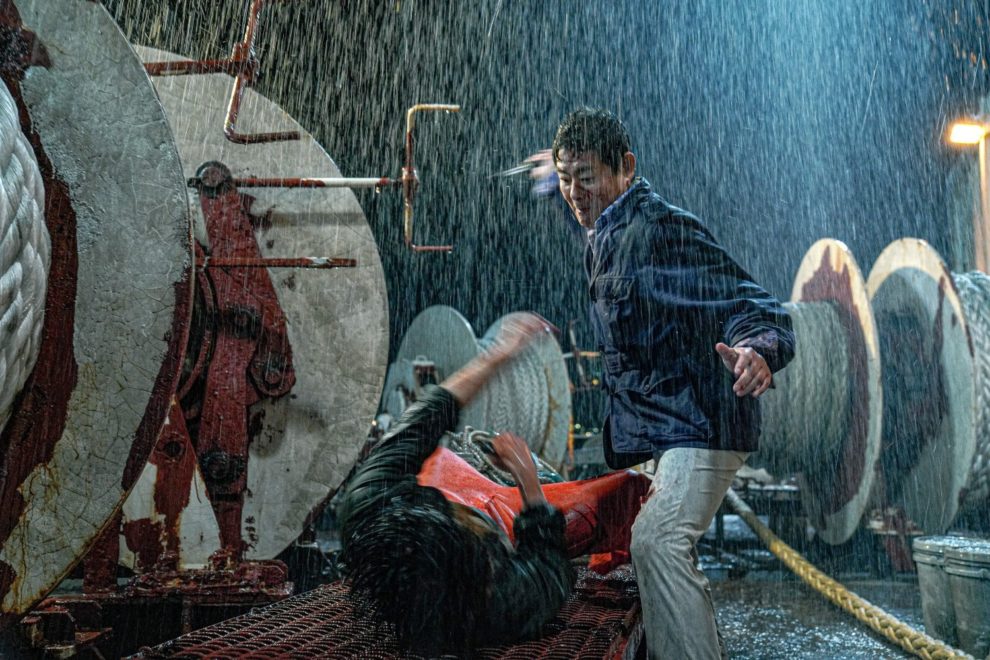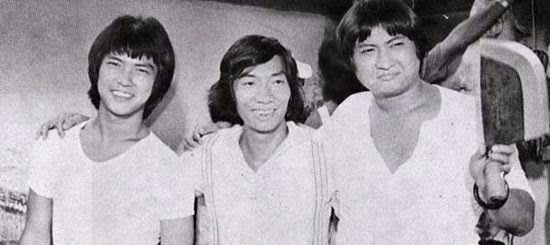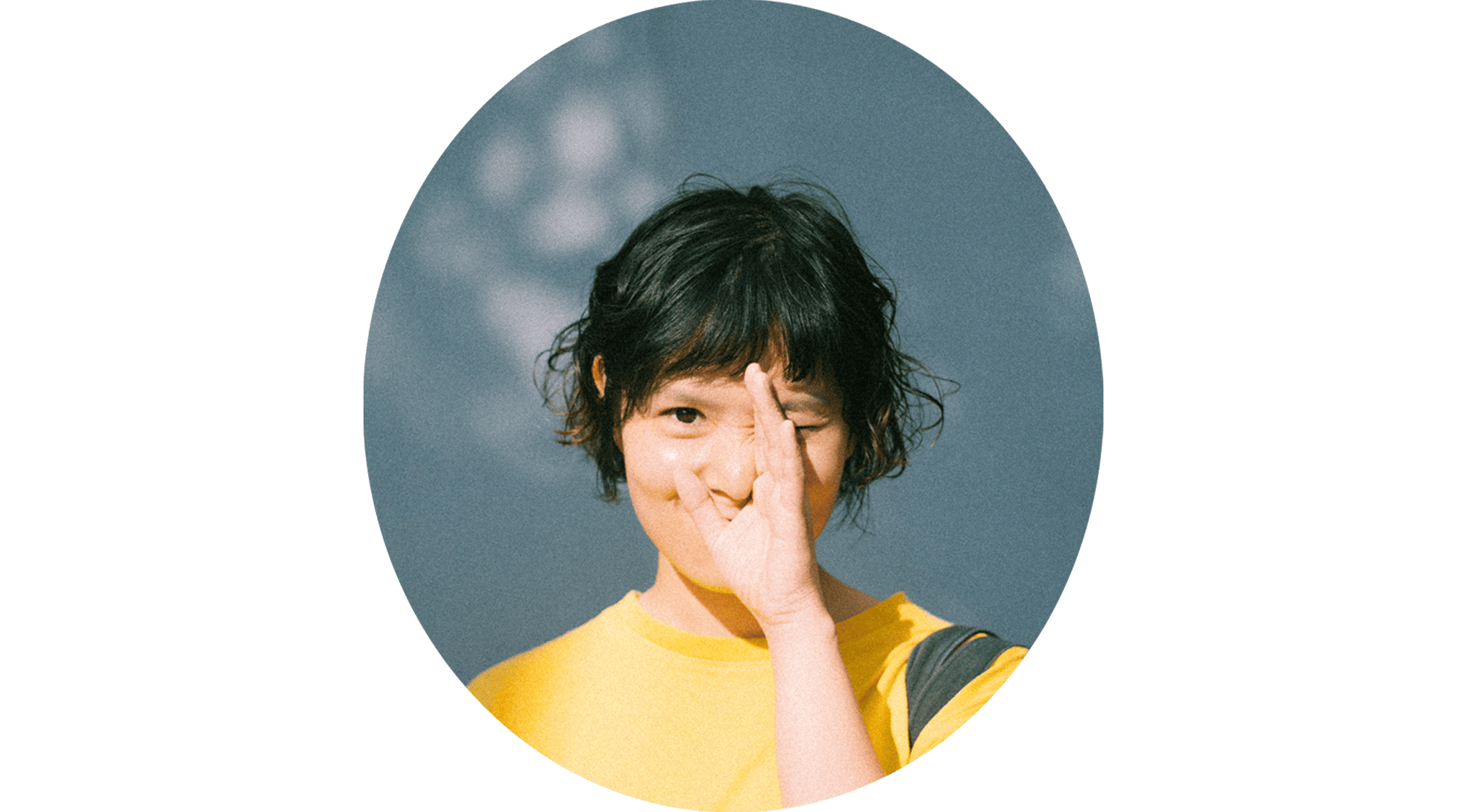As the first stages of normalicy following the lessening of restrictions from the pandemic at large, a series of highly enjoyable genre movies emerged this year that proved to hit harder than expected. While not hitting as high as previous years, the selection of films produced throughout the year are bigger and grander in scope, with the effects of the looser restrictions meaning that a more traditional style could be attempted. That meant that numerous high-quality films could be utilized, with masters of the craft including Takashi Shimizu in Japan, Erik Matti in the Philippines and Joko Anwar in Indonesia, among others, returning to the genre, producing content that carries the stamp of quality from their past catalog. In addition to their efforts, newcomers Park Sye-young, Surapong Ploensang, and Kim Jin-young started their careers strong with impressive features of their own, showing signs of where they can go in the future if they choose to continue in the genre.
Without further ado, here are the 15 best Asian Horror films of 2022, in reverse order. Some films may be premiered in 2021, but since they mostly circulated in 2022 we decided to include them.
15. The Fifth Thoracic Vertebra (Park Sye-young, South Korea)
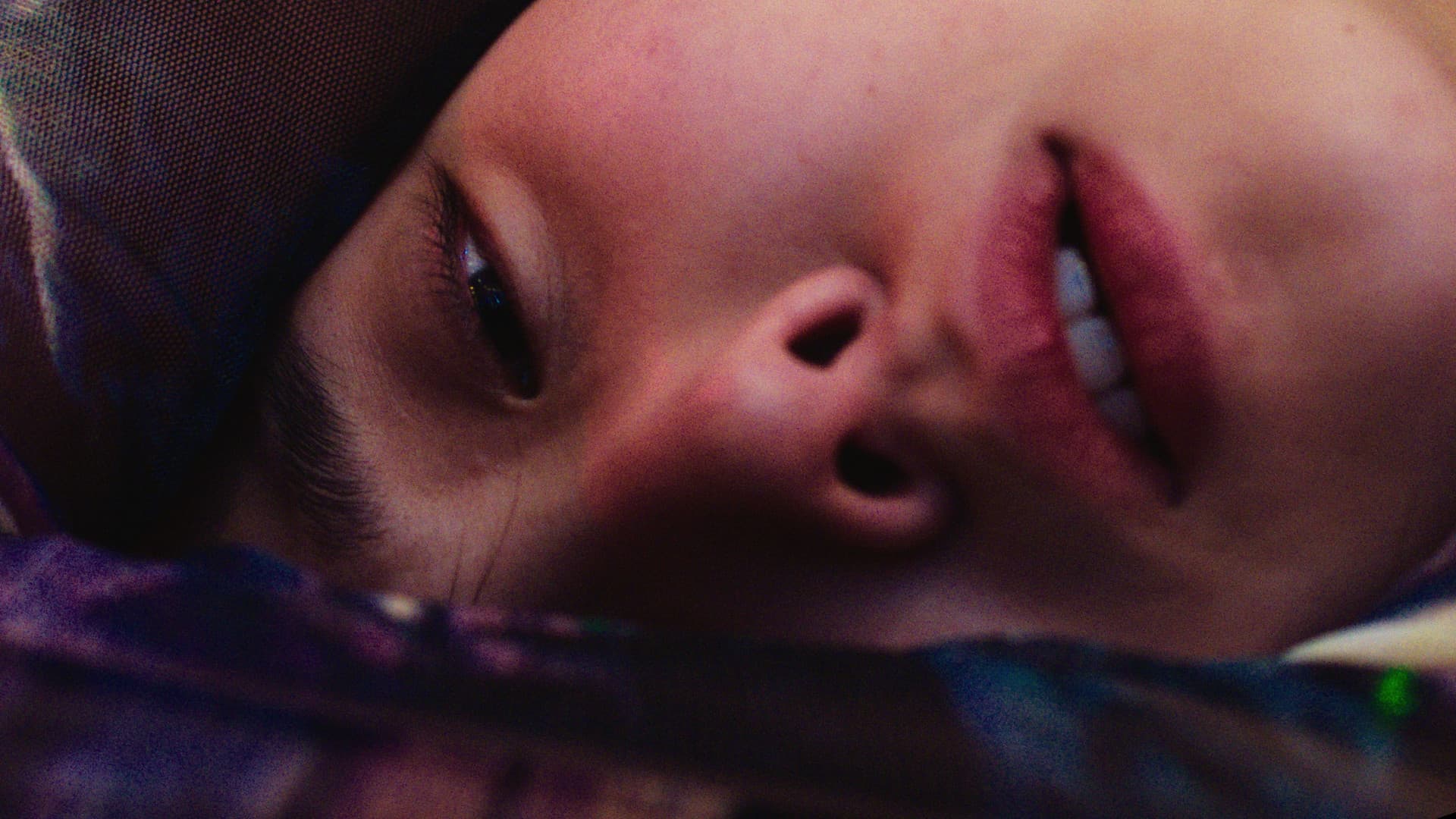
Also of note is the visual approach Park has implemented, with each segment essentially switching setting, coloring, and lighting, while the camera changes distances and speeds according to the circumstance, ranging from extreme close-ups, to POV, to middle shots, to time-lapse. The combination with Han Min-hee's electronic music is another aspect that adds to the sci-fi factor of the movie, while the presence of the creature emits a constant sense of danger that works quite well for the overall atmosphere. Park's own editing implements a relatively slow pace that suits the general aesthetics, while the succession of the various episodes is quite smooth. Lastly, at 62 minutes, the movie does not overextend its welcome in any way, even if the finale could have been a bit briefer. (Panos Kotzathanasis)
14. The Other Child (Kim Jin-young, South Korea)
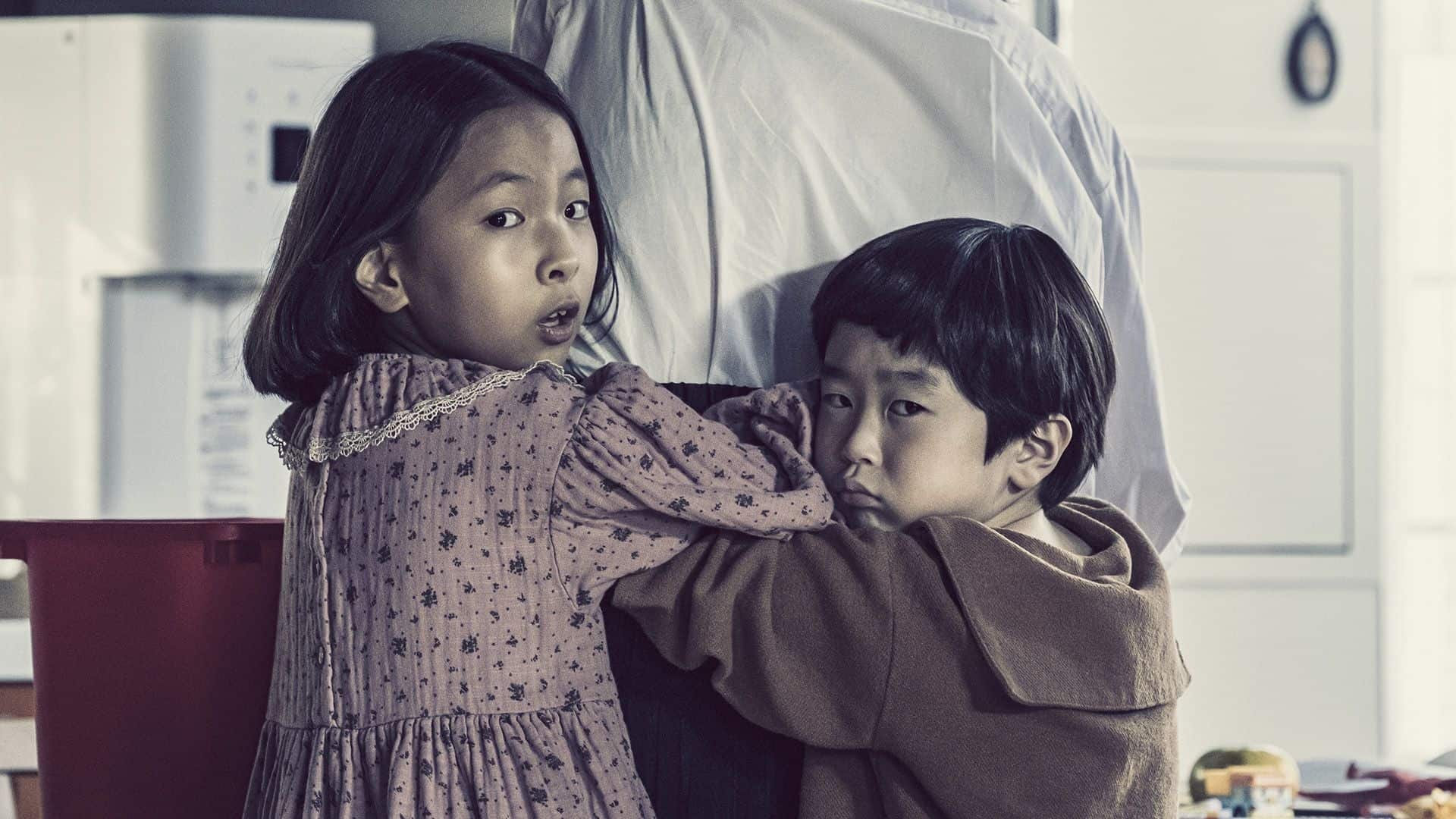
Sinister from the opening scene with a melancholic piano solo following the priest's wife (Park Hyo-ju) strolling through the fog, the photography, handled by the first time cinematographer Kyun-sang Yang keeps the gloom going. Sometimes this sentiment gets replaced by a sheer admiration for the beauty of the nature surrounding the family house: the forest and the lake, where most of the crucial scenes happen. (Marina D. Richter)
13. House of Time (Rajdeep Paul and Sarmistha Maiti, India)
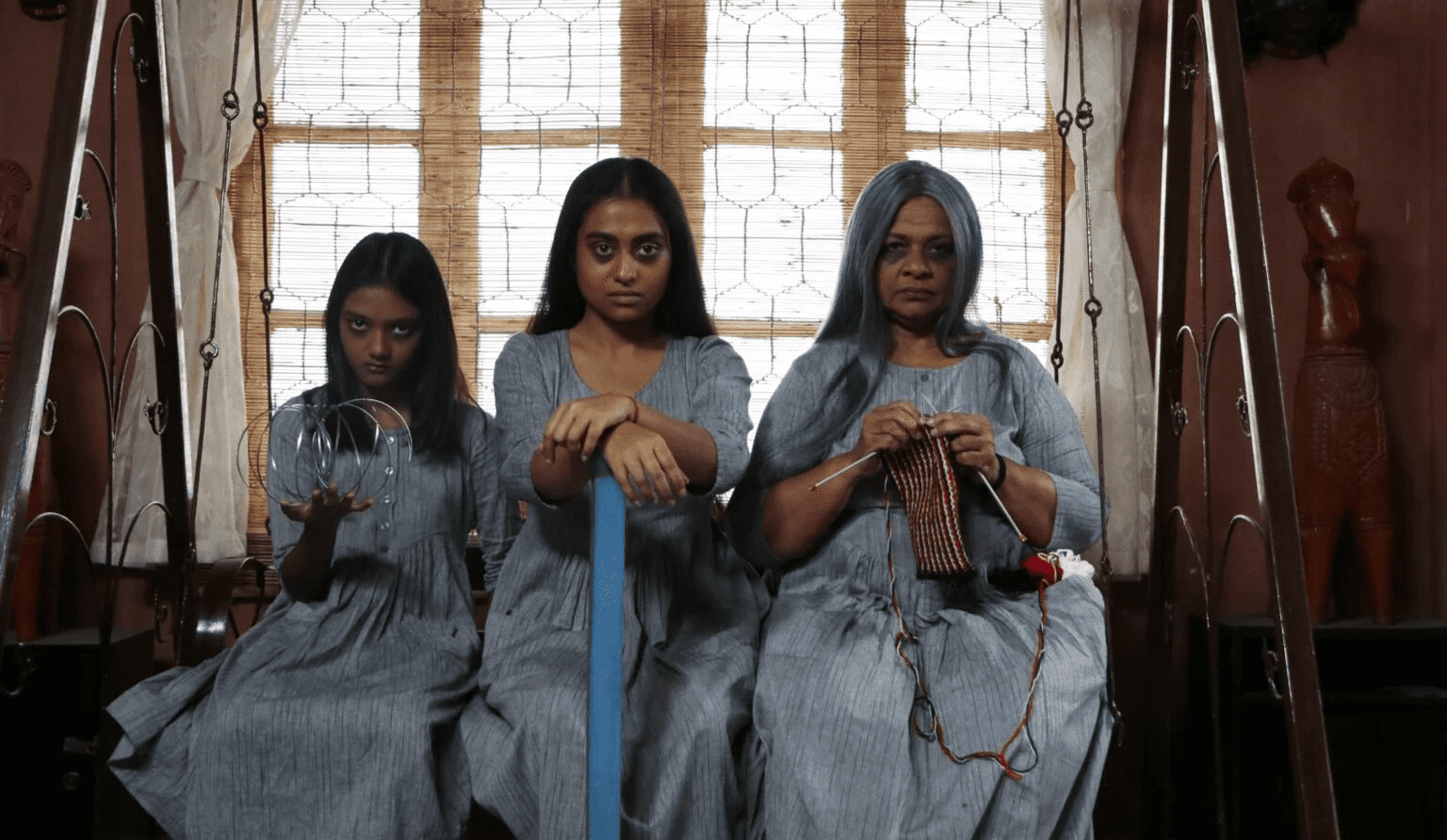
Overall, “House of Time” has quite a lot going for it. One of the strongest factors is the rather intriguing setup from co-writers/directors Maiti and Paul that ties together numerous topical details. The recent issues with the pandemic are employed front and center here with the household quarantined off, regularly being shown masking or taking hygienic precautions, and being filled with warnings about the dangers of going outside around others. These beats provide a necessary setup to showcase the plight of those stuck in their homes during the pandemic and forced to go through untold trials and tribulations to remain safe while also looking after loved ones. As time goes on and more stay at the house, the hints about their relationship with each other and the outside world gradually comes into focus which works quite well alongside the scattered attempts at being unnerving and terrifying. (Don Anelli)
12. New Religion (Keishi Kondo)
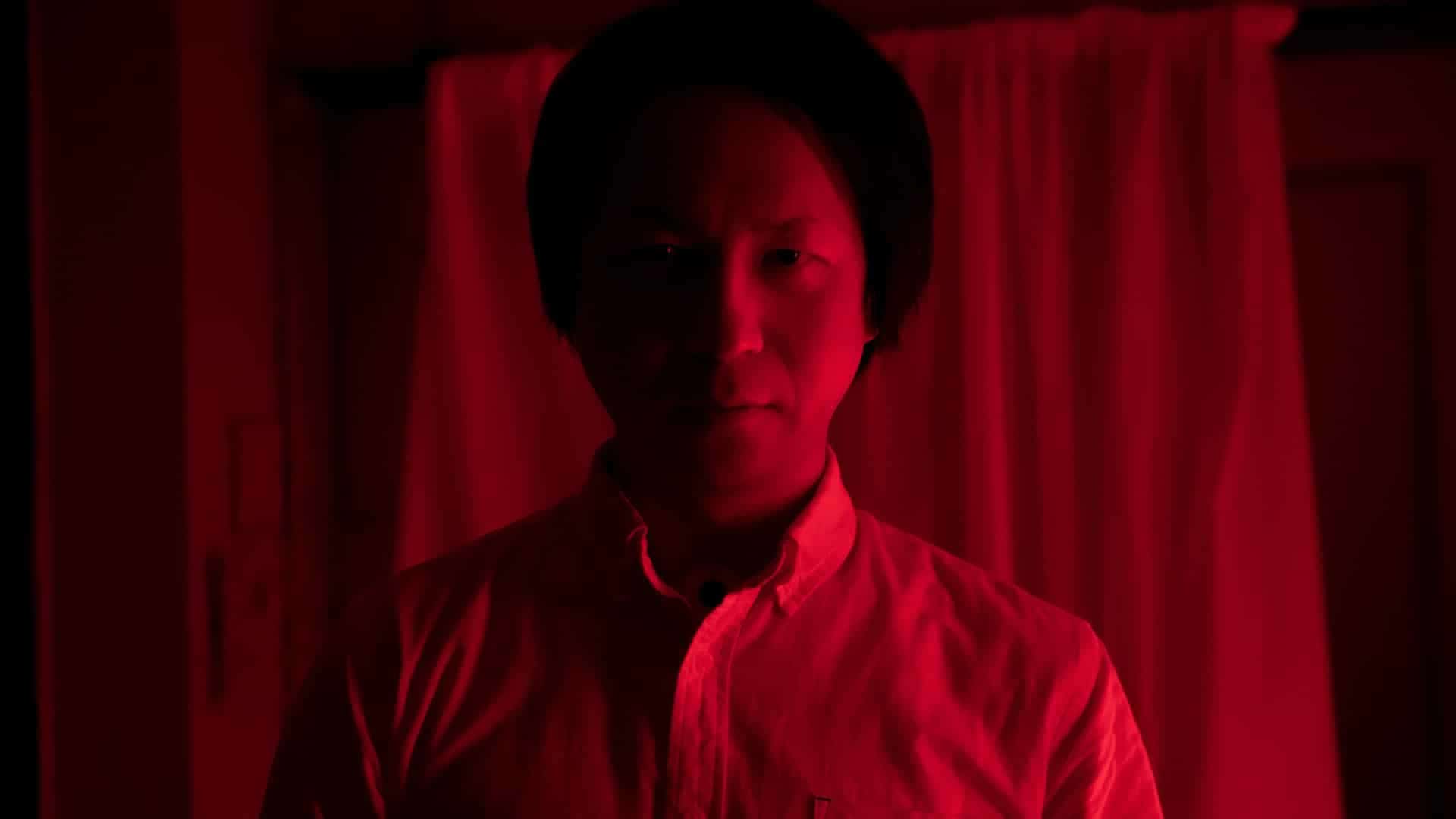
Channeling the dreaminess of Stanley Kubrick's “Eyes Wide Shut” and Kiyoshi Kurosawa's “slow terror” style, Keishi Kondo creates a world where everything seems to be a symbol, and reality, dream, nightmare, past and future co-exist. The result, although intensely complicated, is excellent, with Kondo creating an atmosphere of disorientation, horror, and implied/lurking violence that carries the movie for the majority of its duration, implementing all of its cinematic elements. (Panos Kotzathanasis)
11. Rabid (Erik Matti, Philippines)
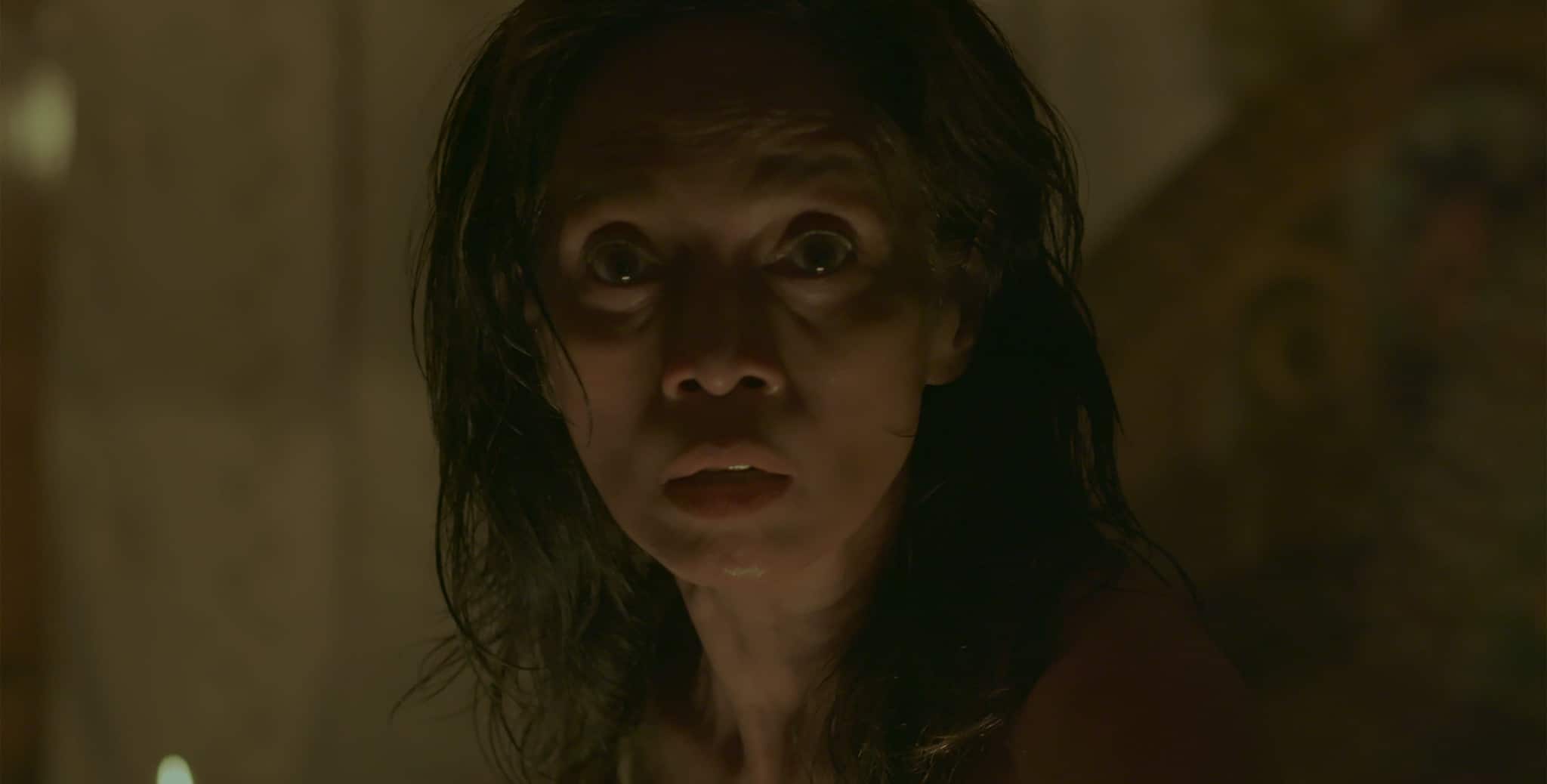
Invoking a home-invasion approach, Matti highlights the concept of feeling trapped in your own home, a rather prevalent one during the lockdowns, the fear of any kind of human interaction the pandemic led to, and on a secondary note, class division. His presentation is highly entertaining at the same time, with the black humor, the sense of disorientation that derives from the lack of any kind of intro to the segment and eventually permeates the whole narrative, and the sound coming out of the mouth of the stranger, which is essentially the soundtrack here. Jay Glorioso gives an astonishing performance as the evil hag, with her long neck and overall physical appearance, the theatricality of her performance and her “croaking” being the highlight of the whole film. (Panos Kotzathanasis)
10. Suicide Forest Village (Takashi Shimizu, Japan)

There's quite a lot to like with “Suicide Forest Village.” The film is at its best in detailing the great atmosphere of the forest in addition to the main central mystery surrounding the titular area. There's a lot of folklore given about the use of the forest as a popular site for suicides and strange deaths which serves to entice Hibiki rather easily into investigating. That provides an excuse to investigate the cursed area and uncover the mystery about why it's haunted. This investigation not only uncovers the dark secret of the forests' history with the use of the cursed box and its meaning but also the family legacy of mental illness that crops up. With this section also leading into the backstory of the village and how it got cursed, this all has a lot to like about it. On top of that, these scenes manage to generate some decent jump scares including the cursed video call with her friends or the visit to the hospital to visit an injured friend which helps to influence more of the storyline while also giving those jump scenes with the ghosts. (Don Anelli)
9. Cracked (Surapong Ploensang, Singapore/South Korea/Taiwan/Thailand)
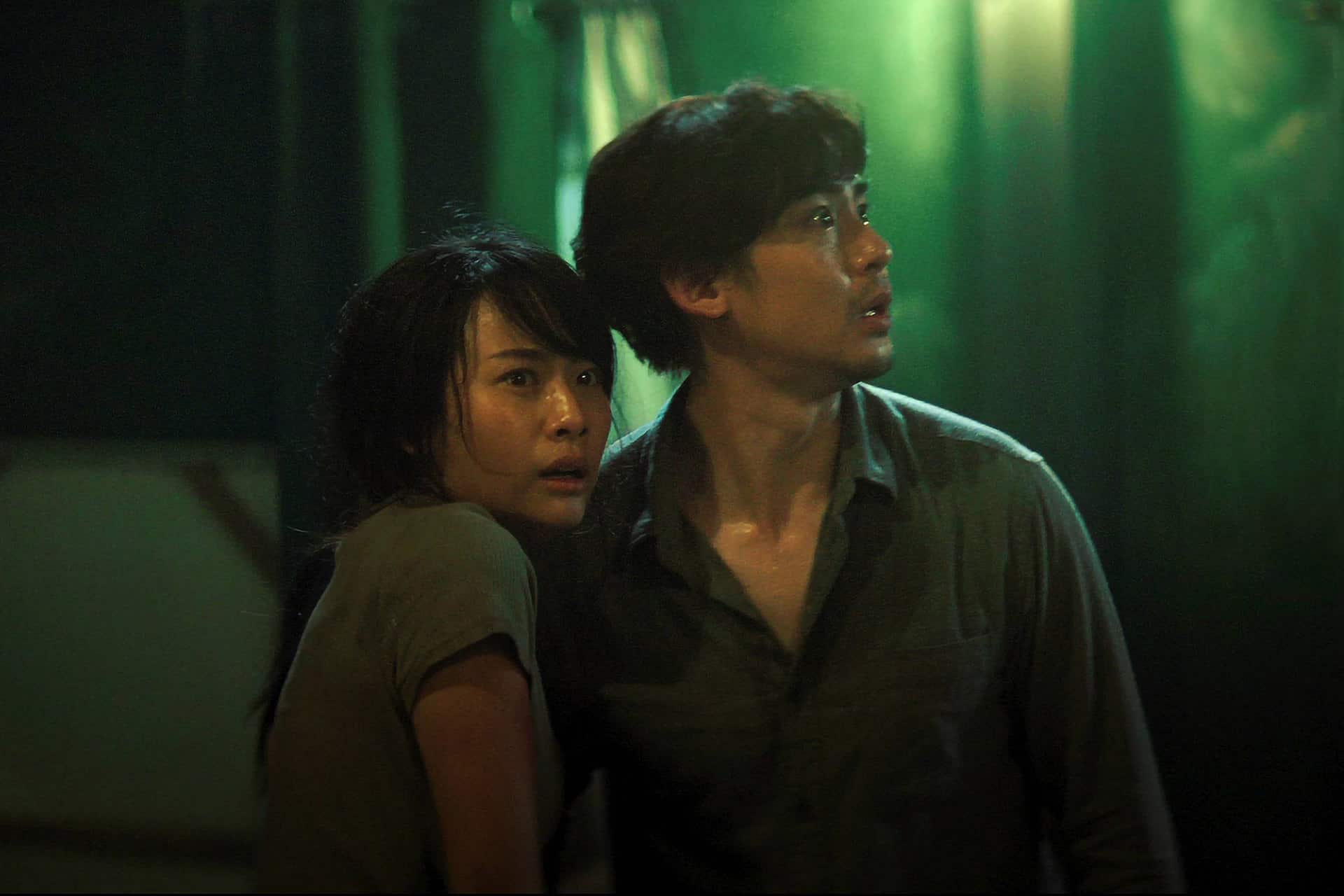
As is frequently the case with first-time directors, Surapong Ploensang tries to include as many elements as possible in his movie, which, this time though, are all associated with the horror genre. In that fashion, we have a mansion that seems to be haunted, a maid who obviously hides something, paintings that could be cursed, a little girl who tends to get lost, a scary forest, a handsome stranger that appears suddenly, while as the story progresses, elements of home invasion, exorcism, and some sensuality that loans heavily from “The Handmaiden” also appear. Add to that the eerie music, the jump cuts and the overall job done in the sound, and the flashbacks that reveal even scarier stories and you have almost every aspect any horror film fan would cherish, being present here. (Panos Kotzathanasis)
8. The Ancestral (Le Van Kiet, Vietnam)

Overall, “The Ancestral” comes off incredibly well. Among the best aspects here is the stellar setup from writers Kiet and Ngo Thi Hanh that provides a fine framework for the scares to come. Opening on the family returning to the ancestral house in their possession, settling in, and generally being unnerved by everything around them is a great touch to get the film moving along. The spacious location and general unfamiliarity with the house has an already uneasy vibe and make for an even better time when brought up alongside the emotional family drama. Knowing that Thanh is going through the loneliness Trinh also experiences with their mother being dead, their attempts at healing each other while watching over Yen offer the requisite emotional and psychological base to work off of. There's enough familiarity in the structure here to recognize that they're trying to remain a family but remain haunted by the past which is a solid way to go about delivering this kind of material. (Don Anelli)
7. Ox-Head Village (Takashi Shimizu, Japan)

Overall, “Ox-Head Village” ends the series rather strongly. This starts with an intriguing setup from writers Shimizu and Daisuke Hosaka that provides everything with a rather chilling environment to work with. The initial setup of the fateful village and the cursed means through which it spreads throughout the internet to reach Kanon by means of the viral video is a fairly strong one. That comes off rather nicely with the stranger in the video who looks exactly like her which offers up the kind of inquiry to look further into the legends surrounding it. With plenty of build-up focusing on the story involving the spirit that haunts the village cursing everyone who hears it to die shortly afterward, none of this is original but serves well enough in this kind of feature. This is done by offering the kind of baseline for the ghosts and spirits of the area to appear naturally in the film. The later reveal about the superstitions of the residents involving twins and how they play a part in the curse running through the town carries this kind of appealing setup rather well. (Don Anelli)
6. Incantation (Kevin Ko, Taiwan)

One of the more enjoyable aspects here comes from the intriguing and entertaining setup by writers Ko and Chang Che-wei that seeks to utilize a slightly obscure series of intentions to generate its scares. While operating within clearly defined fields, with the traditional series of scares and hauntings that it's building off of, the central crux of the storyline being presented through the implementation of a curse carries some weight here. There's a healthy backstory in place for the occult practices in place, ranging from the elaborate altar area and strict adherence to customs while in the village provides a fine grounding for the spiritual beliefs in place. Knowing full well that the locals forbid them from performing certain actions yet doing so anyway, allows for a more fitting backdrop as to why it gets unleashed and follows them around which definitely adds a darker dimension to the second half. This is where the curse takes hold and the frantic nature of the villagers' actions toward Ronan, Dom and Yuan becomes increasingly more chilling. It's all generally enjoyable enough to keep the film engaging for a fun time alongside its running time. (Don Anelli)


